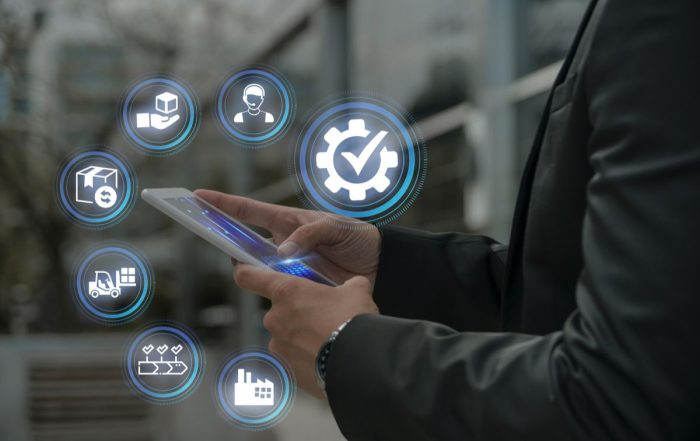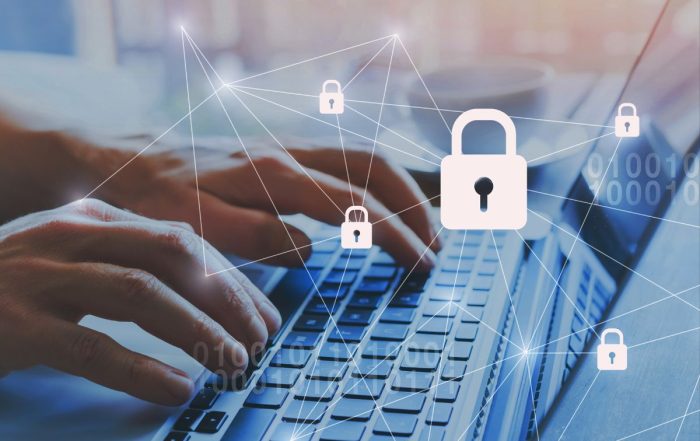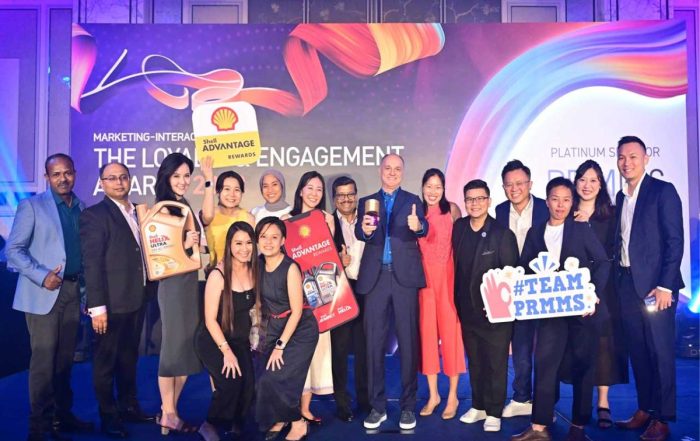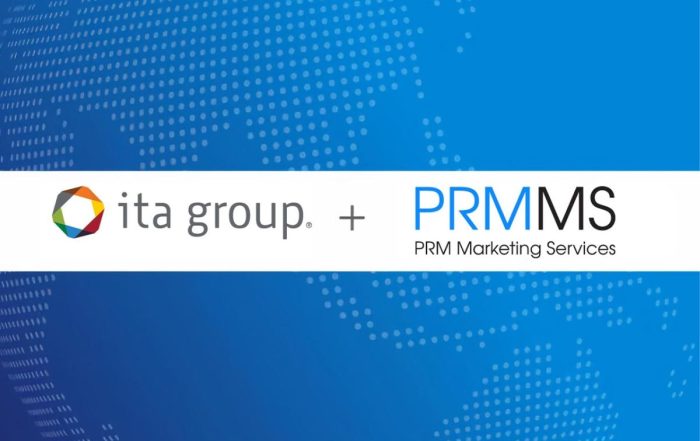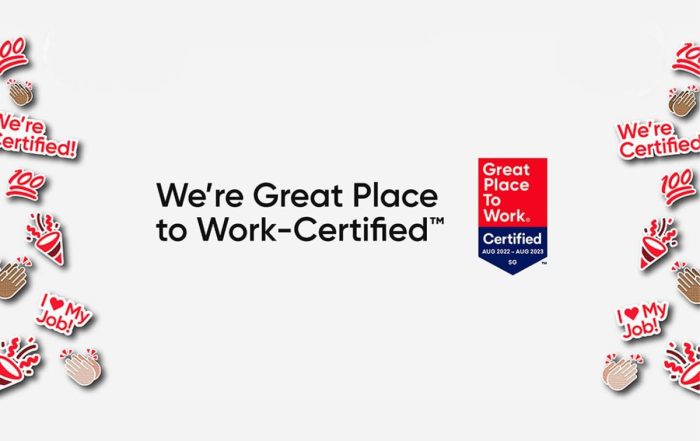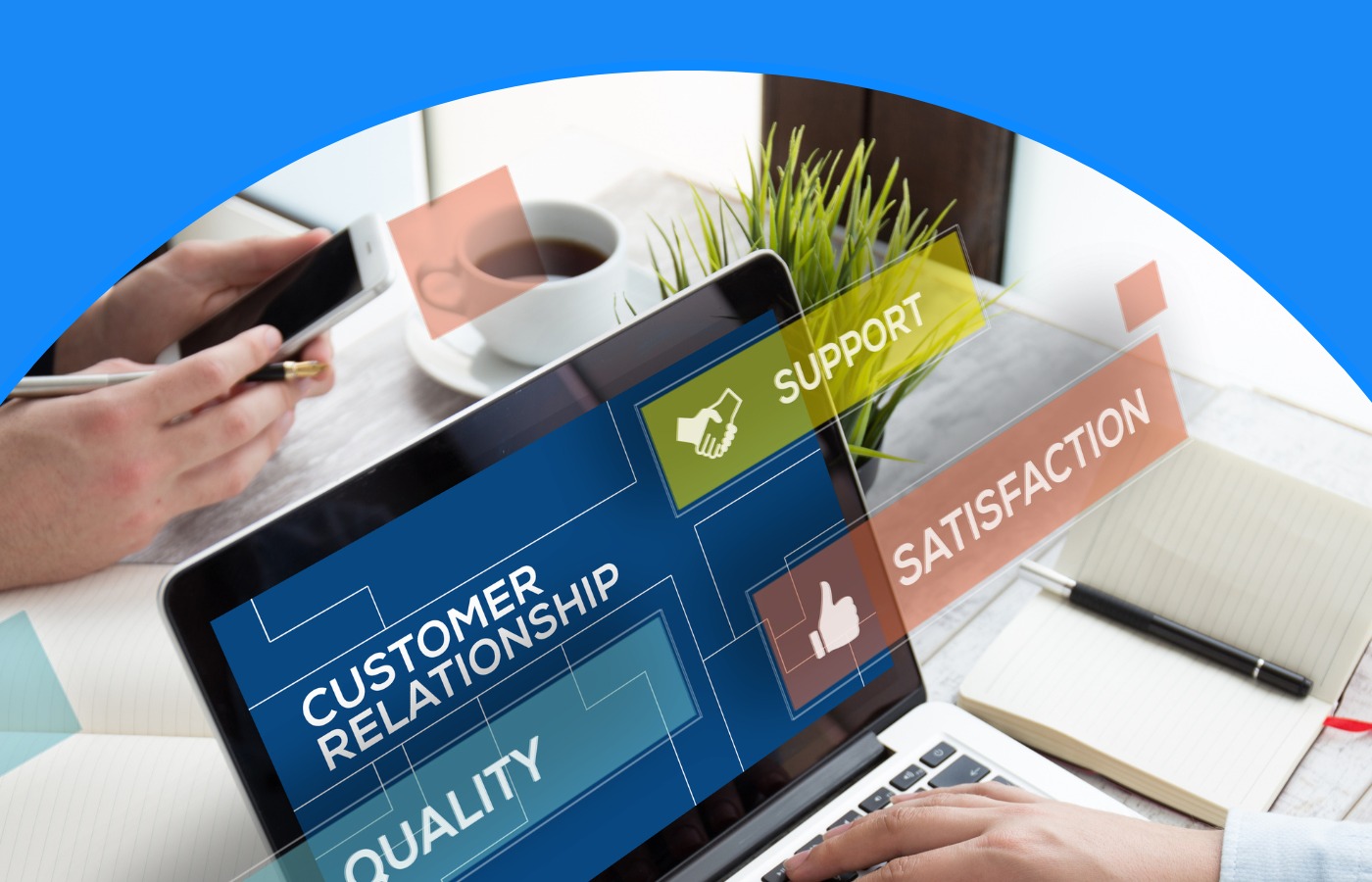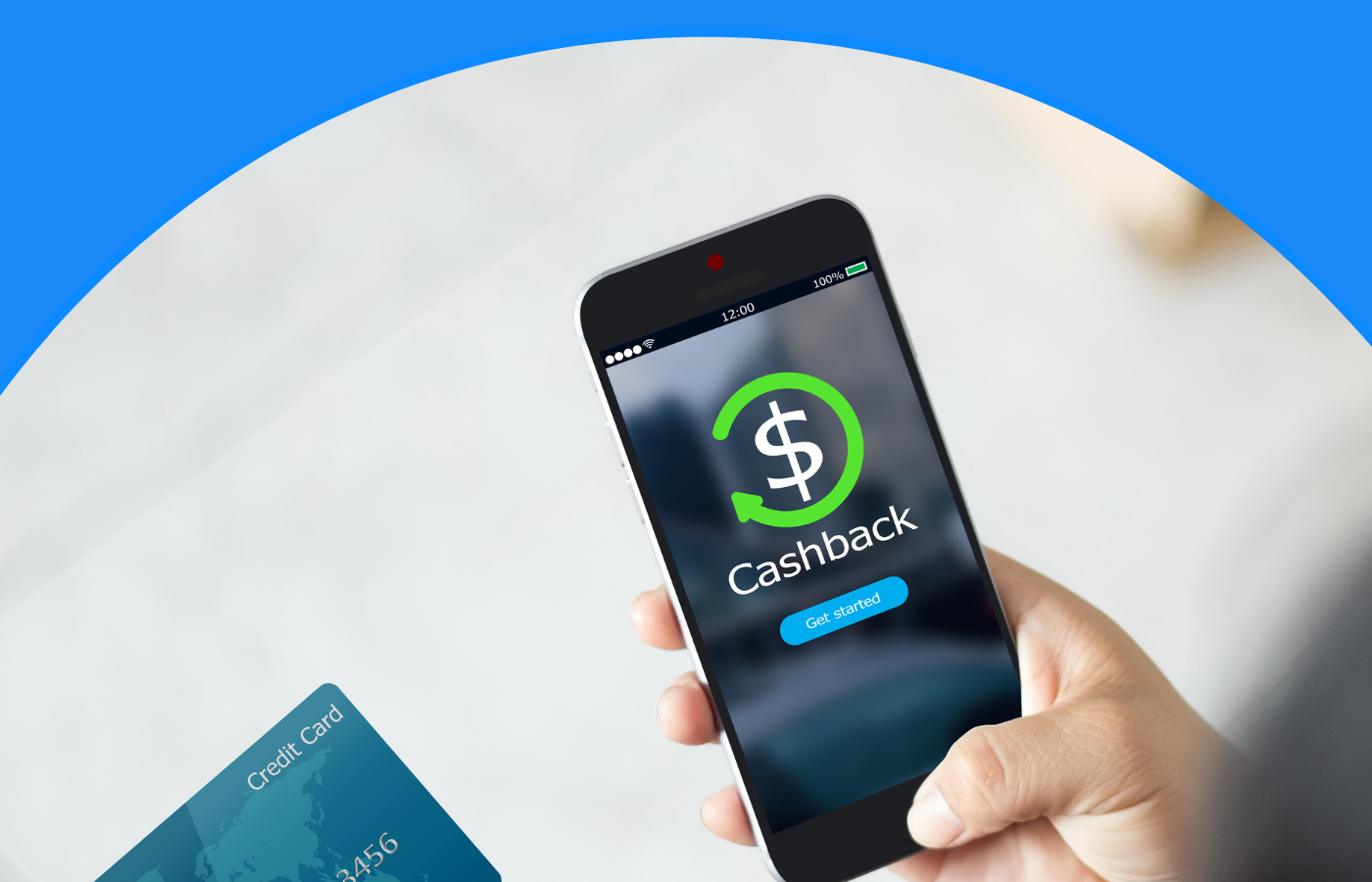Satisfy and Retain Customers Long-Term: How a Tailored Rewards & Incentives Program Fuels Growth
Loyalty and rewards programs have become a key strategy for B2B companies looking to build deeper relationships with customers, drive engagement, and align incentives to business goals. Unlike consumer loyalty initiatives like airline miles or credit card points, effective B2B loyalty solutions are tailored to fit the needs of complex corporate buyers with long enterprise sales cycles.
For B2B companies, loyalty programs are more than just points and perks. A well-designed incentives framework helps companies understand customer needs, differentiate their offerings, achieve better ROI on incentives spending, streamline decision-making, integrate with other brand initiatives, and sustain engagements across customer life cycles. By tying rewards directly to customer behaviors and business objectives, B2B companies can ensure mutual value is delivered.
With the right loyalty partner, B2B companies develop loyalty strategies, acquire technology platform and create programs tailored to their customer lifecycle. Loyalty solutions help align sales, marketing, and customer success teams around shared incentives goals.
From initial prospect outreach to retaining high-value accounts, incentivizing channel partners, or driving cross-sell and upsell, loyalty solutions help align sales, marketing, and customer success teams around shared incentives goals.
In this article, we’ll discover:

1. Understanding Customer Needs
It is important to understand customer needs so that an effective personalization and segmentation strategy can be designed by leveraging data and insights. Companies can segment customers into cohorts based on various demographic and firmographic data to tailor their messages, offers and experiences. A personalized loyalty programs deliver higher ROI. The more a company understands its customers needs and requirements, the better they can design a loyalty program which is effective and relevant.
2. Providing Relevant Rewards
Providing relevant rewards to customers is crucial for a successful B2B loyalty program. B2B buyers have distinct preferences and priorities compared to consumers. Rewards need to align to the values of the target audience.
It is also important for businesses to analyze customer data to understand where to direct rewards. For example, offering tiered rewards based on annual contract spend or product usage. Rewards become more meaningful when linked directly to each customer’s behavior.
Loyalty platforms with robust analytics can segment customers and tailor offers.
Personalized promotions generally performed better than generic rewards.
Businesses can gain a complete view of customers to customize incentives when integrating a loyalty platform with CRM systems.
Rewards aligned to business objectives resonate most, e.g. offering free products or discounts on upgrades, access to exclusive events, training or access to new innovations.
Relevancy is paramount to a great rewards program. With relevant rewards, solution providers enable businesses to boost program satisfaction and differentiate their platform. Customers feel recognized for their loyalty when receiving tailored offers. Personalization transforms the incentives from a cost to a profitable customer retention tool.
3. Differentiating Through Loyalty
In today’s competitive landscape, loyalty programs can be a key differentiator that gives businesses an edge over their rivals. A well-designed loyalty program not only retains existing customers, but also attracts new ones who are drawn to the perceived value of participating.
Loyalty initiatives tap into core human motivations – our appreciation of personalization, our desire for community and status, and our enjoyment of surprise rewards. Companies that understand these motivational factors and baked them into their programs stand apart from the competition.
Some examples of how loyalty promotes differentiation:
- Exclusive rewards and experiences
- Earning status
- Personalization
- Foster Brand Community
- Paybacks
With creativity and customer insight, loyalty programs can differentiate any business in a commoditized market. They are a valuable tool for attracting and retaining customers amid fierce competition.
4. Achieving ROI with Loyalty Solutions
A key benefit of implementing a loyalty and rewards program is the ability to accurately measure ROI. With the right loyalty platform, companies gain data-driven insights to calculate the true return from their investments.
Key metrics to track include:
- Lifetime value
- Incremental revenue
- Retention rate
- Redemption rate
- Net Promoter Score
Unlike generic promotional programs, an intelligent loyalty solution empowers businesses to analyze performance at a granular level. Companies can pinpoint how different tiers, campaigns, offers, and partnerships impact the bottom line.
Companies that implement cutting-edge loyalty technology position themselves to outperform competitors. They operate loyalty initiatives as profit centers rather than cost centers. Data-driven insights ensure every dollar spent generates significant customer lifetime value.
5. Integrating with CRM Systems
Companies should also integrate their rewards programs with CRM systems to unify customer data into a single view. This provides the following benefits:
- Consolidates customer information from various touch points into one system.
- Enables coordination between marketing, sales, and service teams by centralizing data access.
- Automatically triggers relevant rewards based on CRM-tracked customer behaviors and milestones.
- Synchronizes customer tiers, points, redemptions, and progress from the loyalty program into the CRM profiles.
- Allows CRM segmentation and targeting capabilities to be applied to loyalty initiatives.
- Streamlines analysis of customer lifetime value with loyalty behaviors connected to other CRM data.
- Provides a single source of truth about customers.
Integrating loyalty programs into core CRM systems is a powerful way to boost engagement and personalization through centralized customer data and insights.
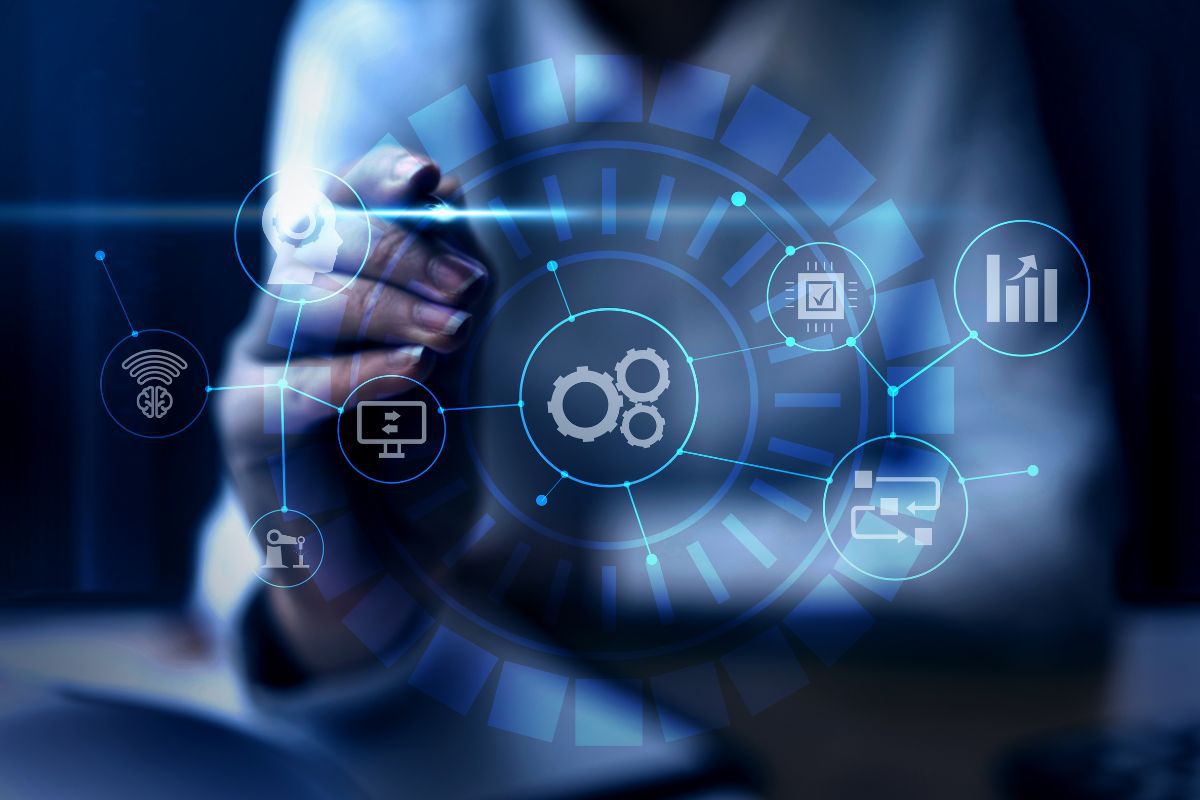
6. Ensuring Data Security
Protecting customer information is paramount for any business. With the increasing threats of data breaches and cyber-attacks, companies need assurance that all customer data will be kept safe and secure.
- A robust rewards and loyalty platform provides enterprise-grade security protocols.
- Integrations with existing company systems should be implemented securely.
- Disaster recovery provisions through backups and failover redundancies
- Data security and compliance a top priority is key to mitigating risks and maintaining customer trust.
7. Driving Engagement
Customer rewards and incentives engagement should also be driven through various communication channels. This allows companies to reach customers through their preferred channels at different stages of the customer lifecycle.
These channels include:
- Email campaigns
- Mobile push notifications
- Direct mail
- Social media
- SMS/MMS
- Gamification
- Referral programs
- Surveys
By leveraging multiple channels, companies can engage customers in an omnichannel manner that complements the partner journey at each stage. The loyalty solution provider can help orchestrate these channels into an integrated communications strategy.
8. Aligning With Objectives
It is also important that companies align their rewards and incentives programs with overall business goals and objectives. This ensures the program is contributing directly to desired growth outcomes rather than operating in a silo.
Some ways a provider can facilitate alignment include:
- Identify core business goals
- Developing metrics and KPIs
- Integrating rewards strategies into broader marketing, sales, and customer experience plans.
- Ongoing performance reviews and optimization to ensure the program continues driving towards core objectives
- Reporting and analysis that demonstrates the business impact of rewards and incentives.
- Strategic communication plans that position the program internally as supporting company goals.
With the right framework in place, rewards programs can move beyond just engagement to become a strategic driver of wider business objectives.
Ready to take your B2B loyalty and rewards program to the next level?
Partner with us to design a tailored solution that aligns with your business objectives, drives engagement, and ensures long-term customer satisfaction. Contact us today to learn more about how our expertise and technology can fuel your growth journey.


